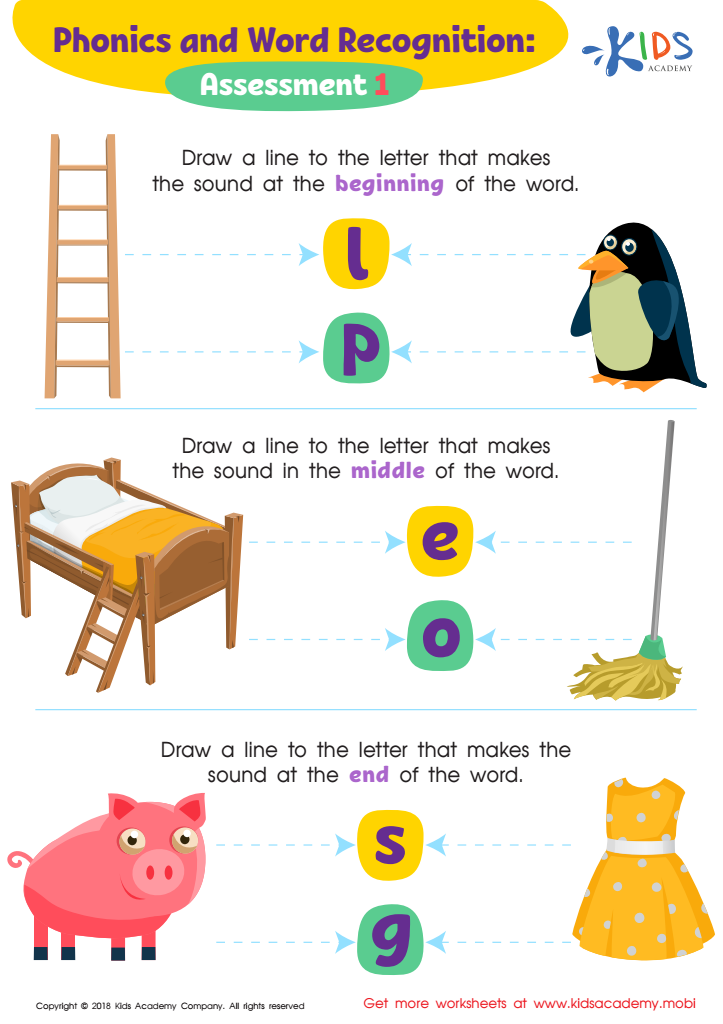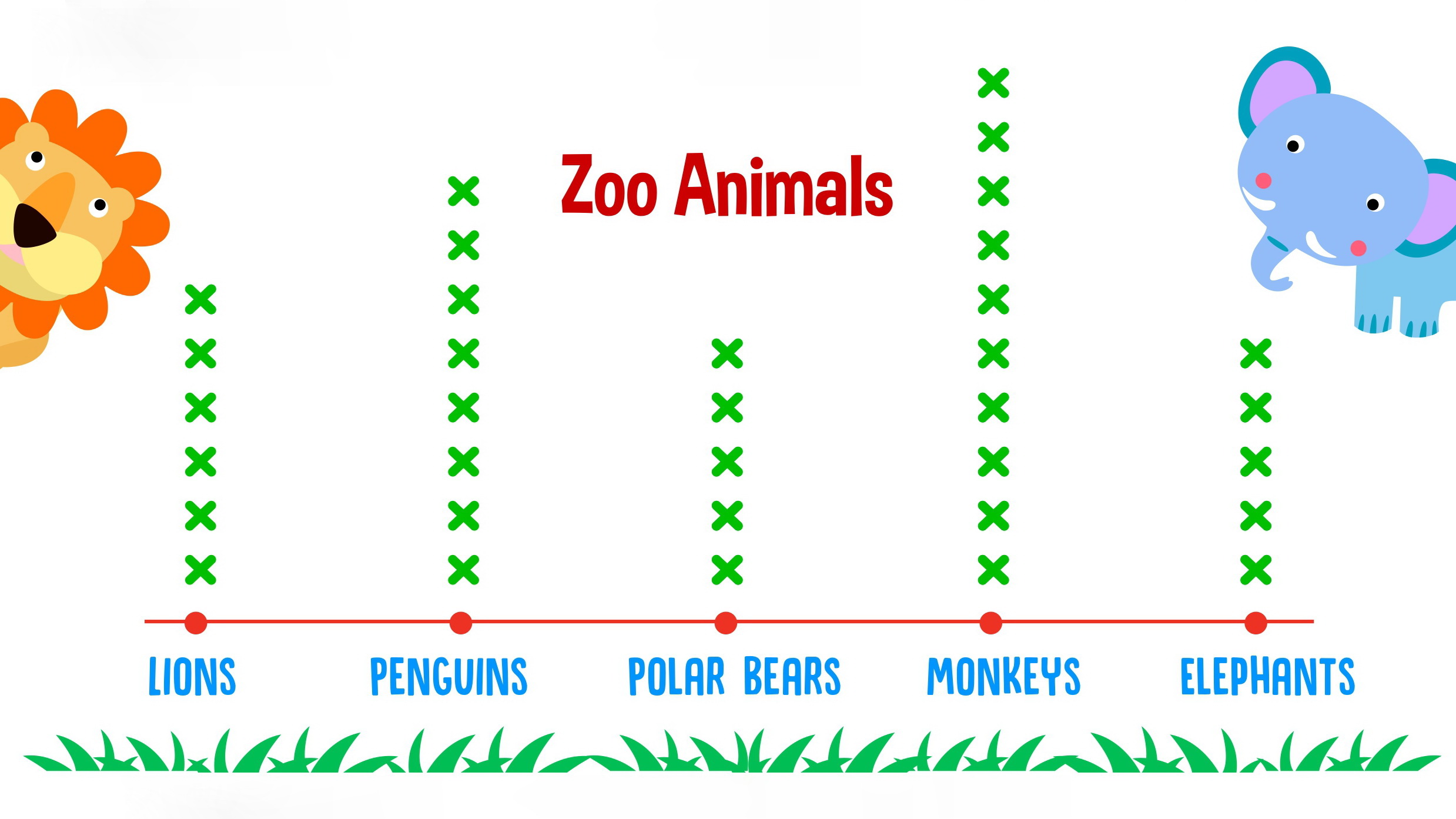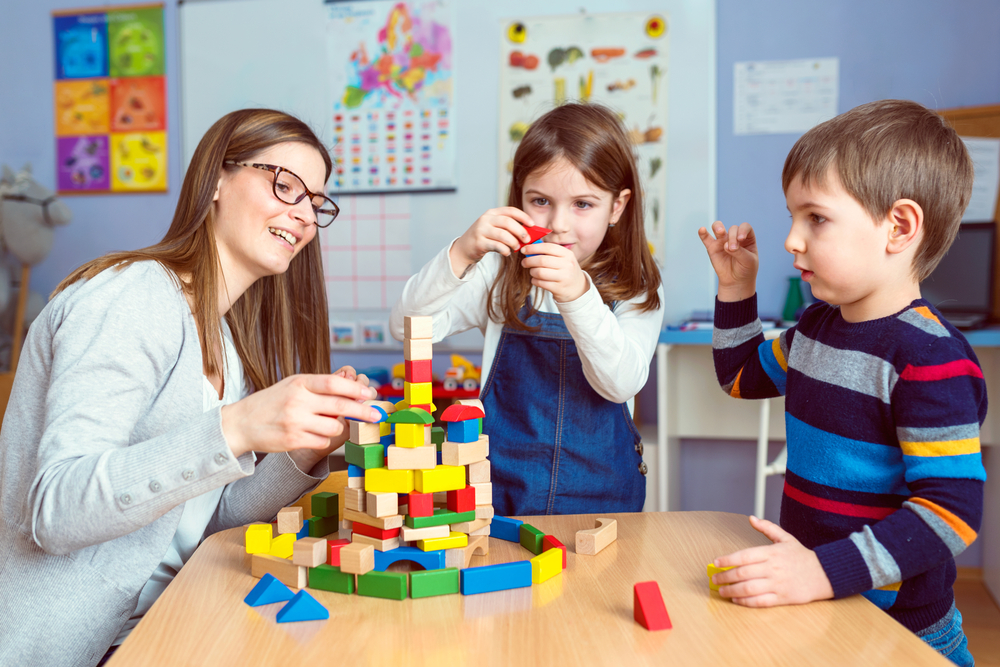Beginning Sounds worksheets activities for 3-Year-Olds
1 filtered results
-
From - To


Phonics and Word Recognition: Assessment 1 ELA Worksheet
Beginning Sounds worksheets activities are an essential tool in the foundational stage of literacy development. These activities are designed to help young learners recognize and understand the initial sounds that words make, a critical skill for reading and spelling. By engaging in Beginning Sounds worksheets activities, children can develop phonemic awareness, which is the ability to hear, identify, and manipulate individual sounds in spoken words. This skill is crucial for decoding new words and greatly enhances a child's ability to become a proficient reader.
The usefulness of Beginning Sounds worksheets activities lies in their structured approach to learning. These activities often incorporate vibrant images and engaging tasks that capture the interest of young learners, making the learning process both fun and effective. For example, worksheets may ask children to match pictures with their beginning sounds, or to identify which letter a particular sound corresponds to. Such exercises not only reinforce the connection between sounds and letters but also improve a child's auditory discrimination skills, enabling them to distinguish between different sounds more accurately.
Furthermore, Beginning Sounds worksheets activities offer a systematic way for children to build their vocabulary. As they become more adept at identifying beginning sounds, they are also learning new words and concepts. This expansion of vocabulary is not only beneficial for reading but also for language development, as it gives children a broader base of words to use in their speaking and writing.
Another advantage of Beginning Sounds worksheets activities is their adaptability. They can be easily tailored to suit the learning pace and interests of individual children, making them an invaluable resource for parents, teachers, and educators. Whether used in the classroom or at home, these activities provide a solid foundation for literacy skills that will support a child's academic journey for years to come.
In conclusion, Beginning Sounds worksheets activities are an indispensable part of early literacy education. They offer a fun, engaging, and effective way for children to master the sounds that form the building blocks of language, setting the stage for a lifetime of reading and learning.

 Assign to the classroom
Assign to the classroom












